What’s life really like for the average Cuban?
To really understand Cuba, you need to look past the postcard images. The daily life of an average Cuban is a unique blend of creativity, resilience, and community spirit. Despite economic challenges, Cubans have found ways to create a vibrant life filled with laughter, family, and a deep sense of togetherness. Let’s walk through the everyday experiences of locals to uncover what makes life in Cuba so fascinating.
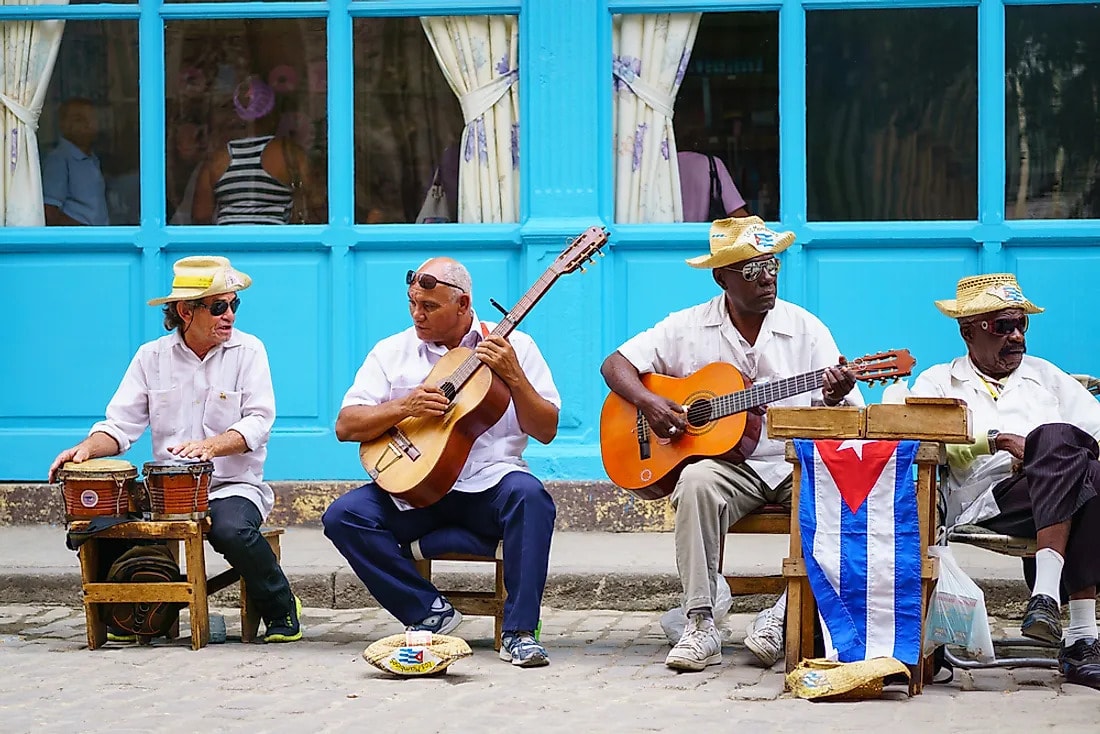
How do Cubans start their day?

Mornings in Cuba are slow and steady. Most people start with a simple breakfast, usually a cup of strong, sweetened coffee and maybe a small piece of bread or a “pan con mantequilla” (bread with butter). It’s not extravagant, but that’s typical. Coffee is a huge part of Cuban culture—locals often call it “el nectar de la vida” (the nectar of life)—and it’s usually shared with family or neighbors before everyone heads off to work or school.
Workdays often begin around 8 or 9 a.m., and people head to jobs in government offices, schools, or state-owned industries. Those who work in tourism, on the other hand, might start earlier. Tourism is a huge part of Cuba’s economy, and it shapes the day-to-day lives of many Cubans, especially in cities like Havana and Trinidad.
What’s work like in Cuba?
Working life in Cuba can be very different from what you might imagine. Most Cubans work for the government, and while wages are modest, benefits like healthcare and education are provided by the state. The average monthly income for a Cuban worker is low by global standards—around 30 to 50 USD a month—but this is supplemented by government subsidies, rationed food, and free education.
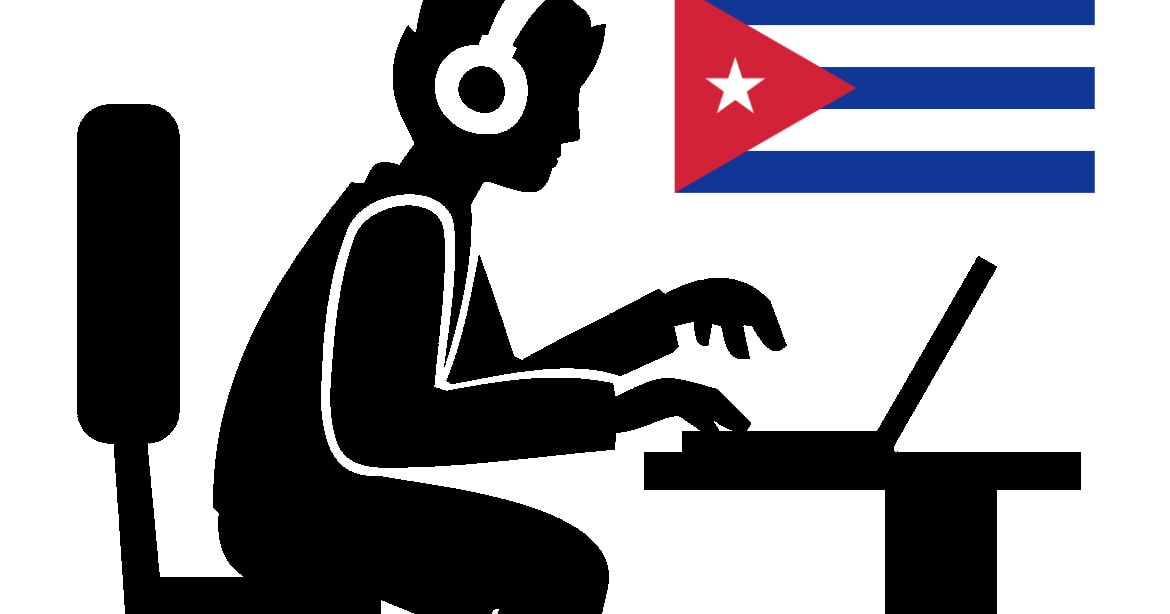
Many Cubans also take on side jobs to make ends meet. For example, a teacher might drive a taxi after school hours, or a doctor could rent out rooms to tourists. Hustling on the side isn’t just common; it’s often essential for survival. This creative balancing of jobs speaks volumes about the resourcefulness of Cubans.
What do Cubans eat on a daily basis?
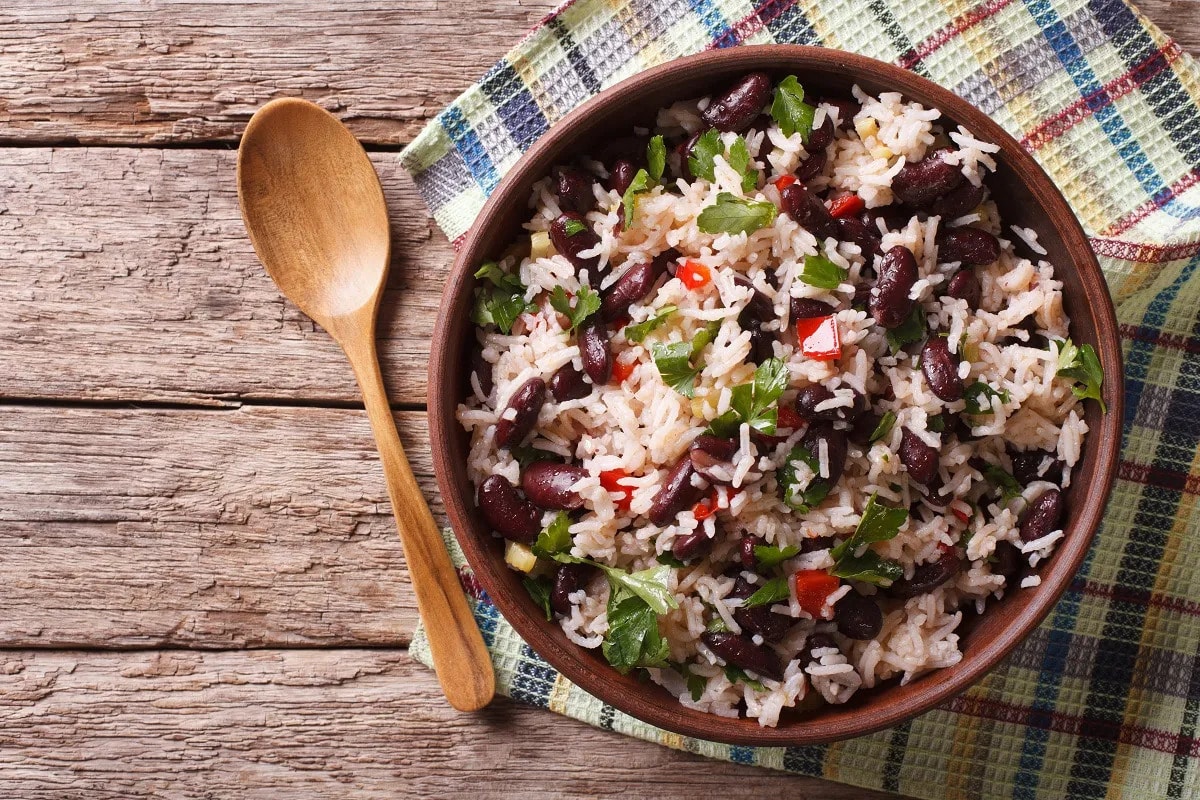
Moros y cristianos
Food in Cuba is simple but flavorful. With limited access to imported goods, meals rely heavily on locally available ingredients. Rice, beans, pork, and plantains are staples. The iconic “moros y cristianos” (black beans and rice) is served often, along with dishes like “ropa vieja” (shredded beef in tomato sauce) and “yuca con mojo” (cassava with garlic sauce). However, for the average family, meat is reserved for special occasions or the weekend.
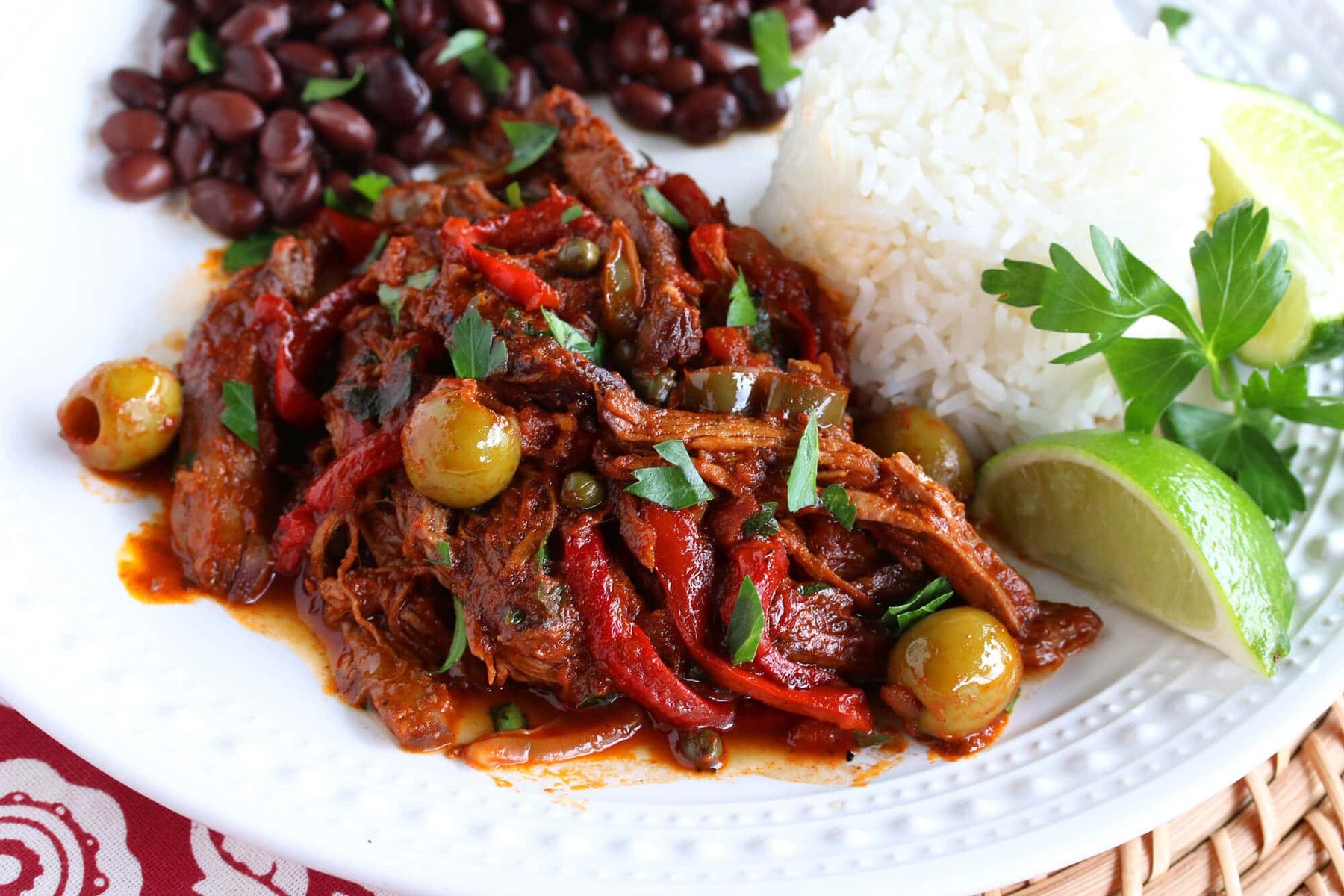
Ropa vieja
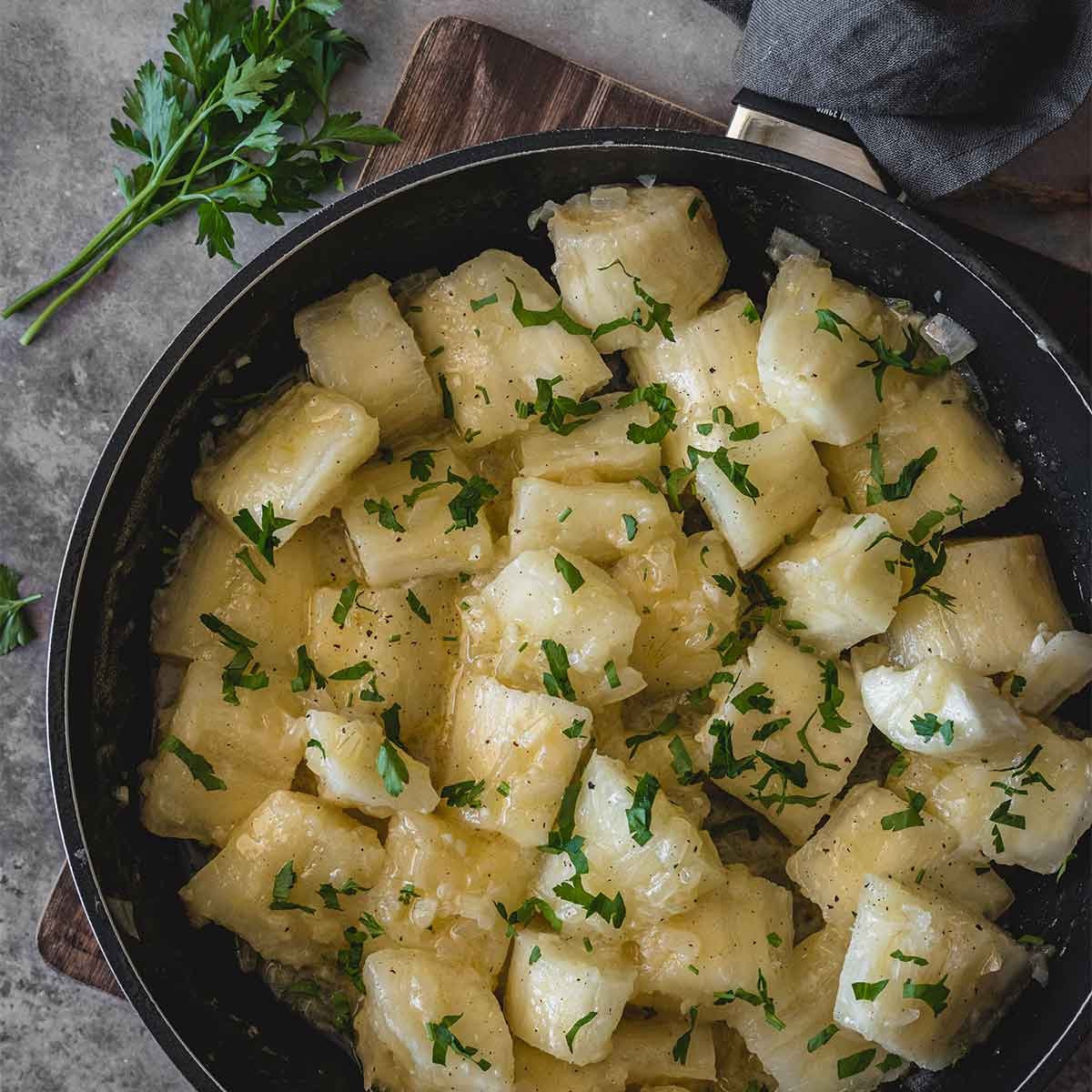
Yuca Con Mojo
Food rations are a big part of life in Cuba. Each family receives a monthly supply of essentials like rice, beans, oil, and sometimes eggs or chicken. Ration stores are a staple of Cuban life, and they’re a reminder of the country’s economic challenges. Cubans have become experts at making the most of what they have, and there’s a culture of sharing and trading within communities to ensure everyone has what they need.
How do Cubans spend their free time?
Despite limited material goods, Cubans know how to make the most of their free time. Socializing is huge here, and people spend a lot of time with family and friends. You’ll see people gathering on street corners, sharing a bottle of rum, or playing dominos—an all-time favorite pastime. The front steps of houses are often a meeting place, where people chat, play music, and enjoy the tropical evening air.
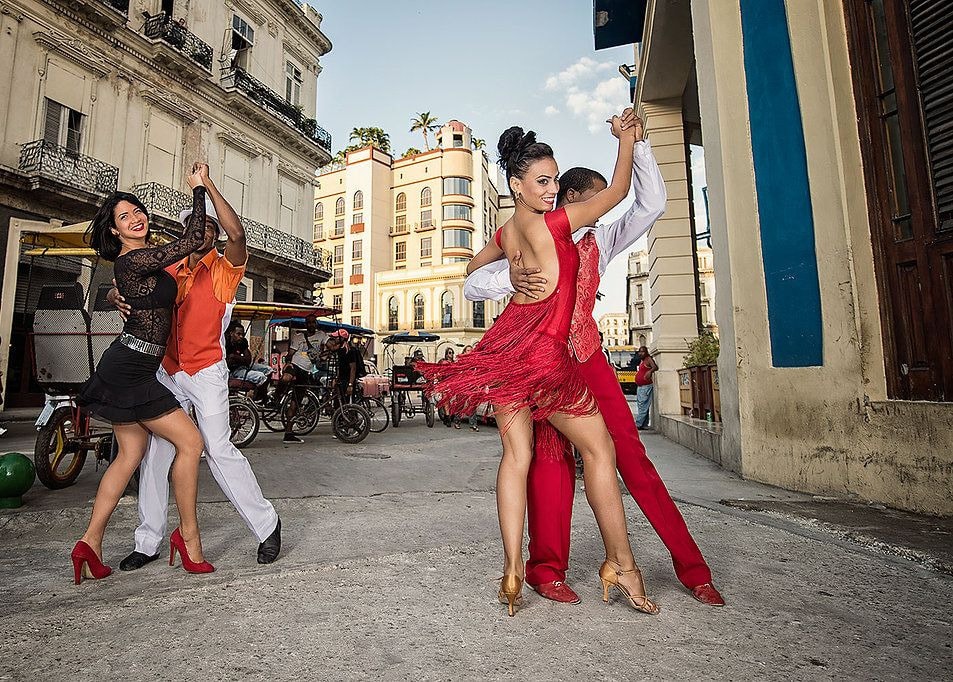
Music and dance are woven into daily life. Salsa, son, and rumba rhythms are everywhere. Even if they’re not at a formal dance, you’ll find locals swaying to music at home, on the street, or even on the beach. For Cubans, music isn’t just entertainment; it’s a way to release stress and celebrate life.
How do people get around in Cuba?
Transportation in Cuba is another adventure. With limited access to private cars, many Cubans rely on a mix of public buses, shared taxis (called “almendrones”), and even horse-drawn carts in rural areas. The iconic vintage cars you see in Havana? They’re not just for show—they’re real, working vehicles that have been passed down for generations, often kept running with a mix of resourcefulness and Cuban ingenuity.
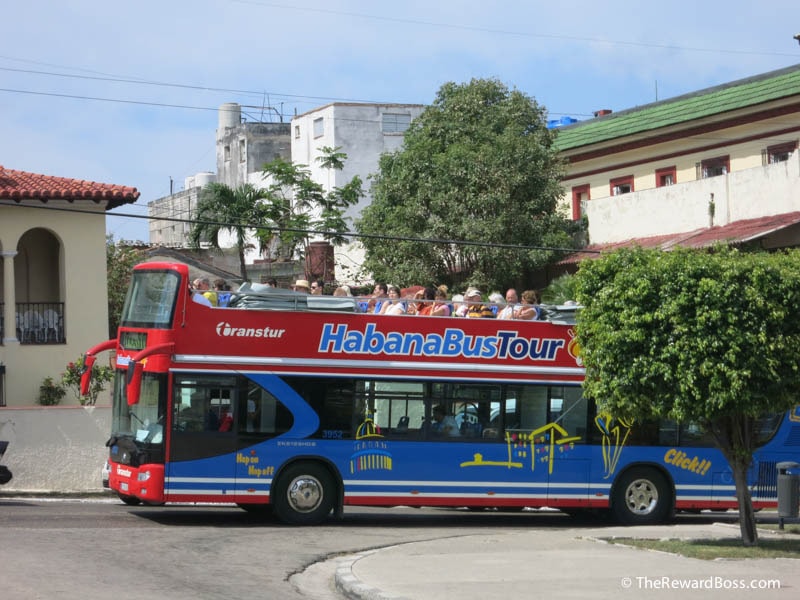
Public transport can be crowded and unreliable, so people have adapted to long wait times and creative ways to get around. You might see a family of four sharing a single motorbike or groups piling into a car meant for two. It’s just part of the Cuban experience!
What’s the role of family and community?
Family and community are central to Cuban life. Most Cubans live with their extended families or nearby. It’s common for several generations to share one home, and this creates a strong family bond. Sunday afternoons are usually reserved for family meals, where everyone pitches in to cook and share stories from the week. For Cubans, family isn’t just important—it’s everything.
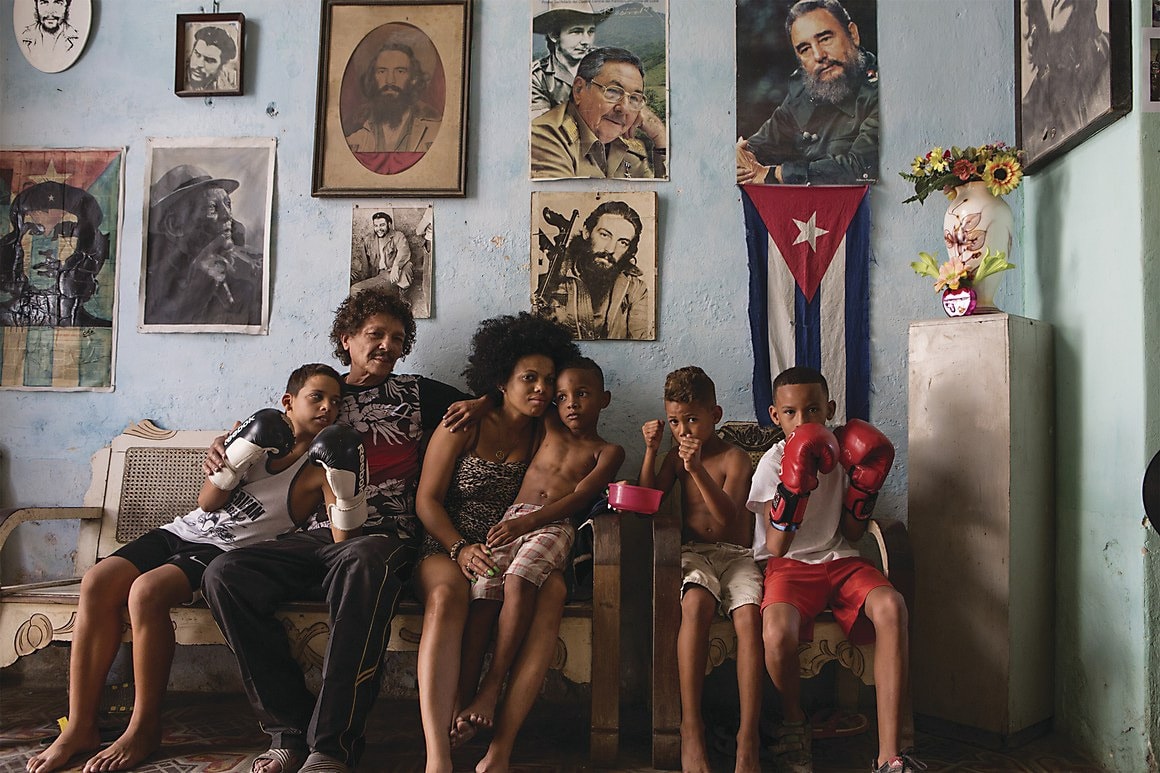
Community bonds are strong, too. Neighbors help each other out with everything from childcare to sharing food. This sense of community is especially visible during holidays or festivals, where everyone comes together to celebrate. It’s this connection that has helped Cubans endure the tough times, and it’s one of the most inspiring parts of their culture.
So, what makes Cuban daily life so special?
The daily life of an average Cuban is a testament to resilience and creativity. In a country where resources are limited, people find joy in the small things—sharing a meal, dancing to a favorite song, or spending time with loved ones. Cubans have an amazing ability to make the most out of every situation, and it’s one of the most valuable lessons visitors can take away.
At TravelersNetwork, we believe that understanding daily life in Cuba goes beyond tourist attractions. It’s about seeing the strength, warmth, and community that make Cuba so unique. So next time you visit, take a moment to look around and appreciate the rhythm of everyday life—it’s a side of Cuba that’s just as beautiful as the beaches and just as vibrant as the music.

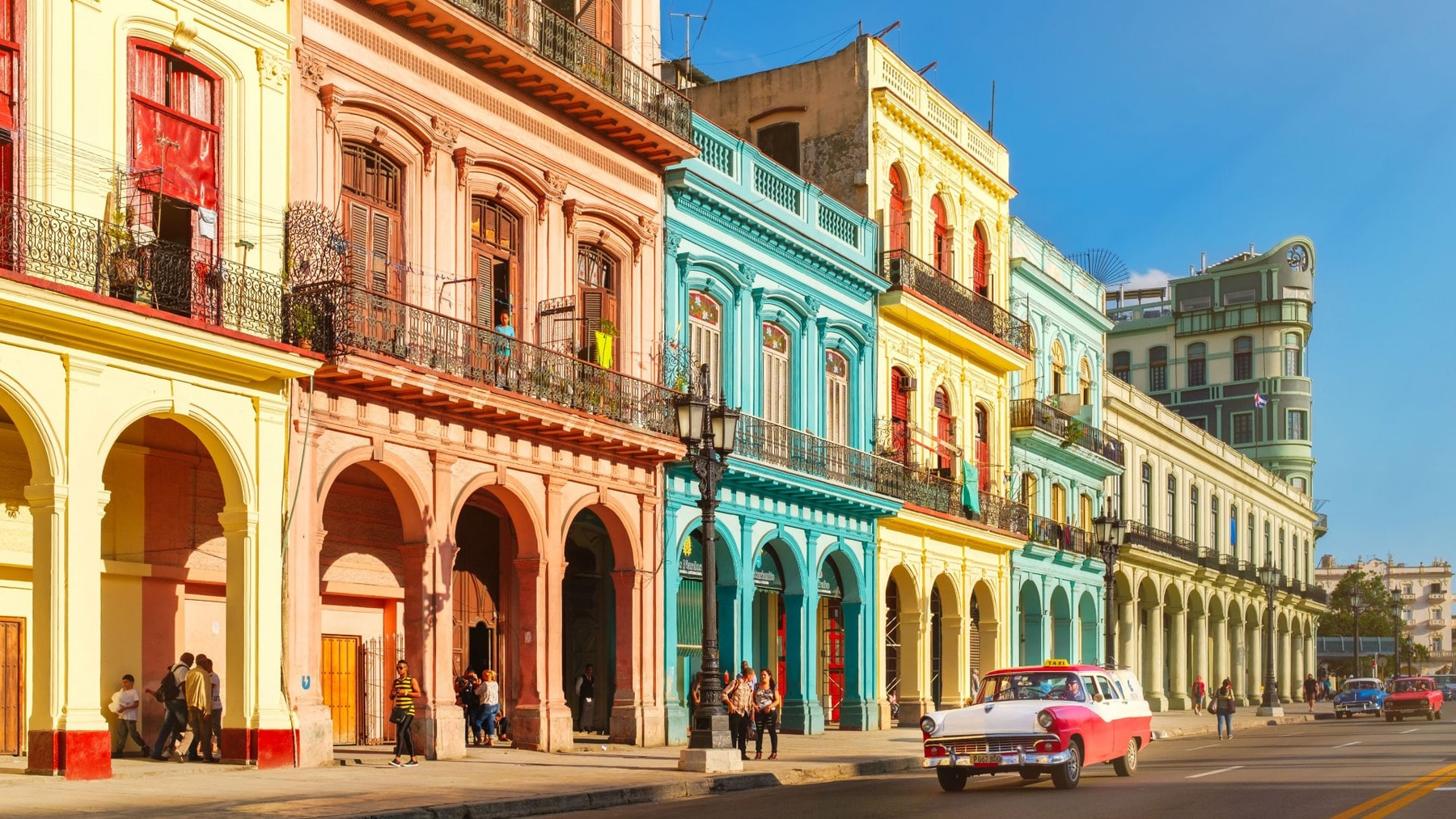




Leave a Reply